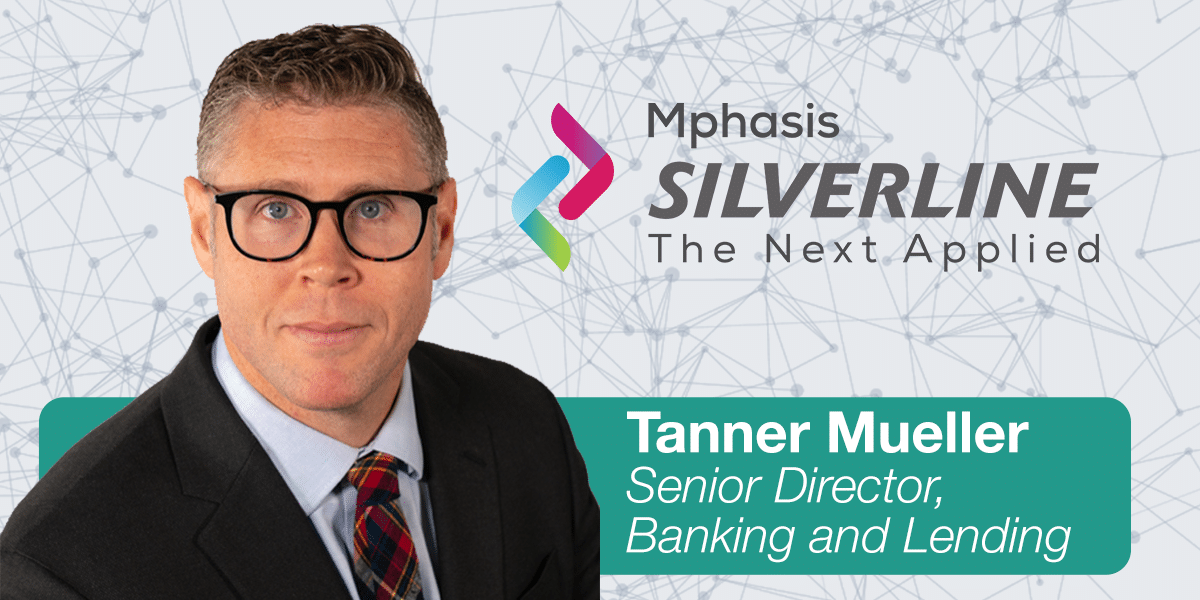In yachting, there is something called a preference sheet. Each guest on luxury yachts lists their likes and dislikes on a sheet before their arrival so that the crew can attend to their every want and need.
A financial institution’s preference center could be considered its customers’ preference sheet. The center is where customers share information, such as when they prefer to receive a call.
On the front end, a preference center is a page or pages where a financial institution collects information about a customer’s wants and needs. It lets customers decide the notifications, messages, topics, and channels they’ll allow from a company. On the back end, the preference center unifies the customer profiles into one source of truth, so customers don’t have multiple preferences across systems.
Across the financial industry, organizations are weighing the benefits of building a preference center. Preference centers must have customers to be effective, because if customers don’t interact with the center, then you have an expensive requirement on your hands.
Let’s look at the math. If only 1% of a bank’s customers interact with its preference center — say 1K people on a base of 100K — and every new journey the bank creates has to have this data segmented, this adds 10 hours of work to every new campaign. That means the preference center is likely not delivering value but costing money.
Here we share some considerations to maximize the value of a preference center. We’ll look at how Salesforce CRM and Salesforce Marketing Cloud can be used to build a centralized preference center that doesn’t trap data in silos and creates unified customer profiles that drive personalized engagement.
How do financial organizations get value from a preference center instead of tech debt?
First, know your audience. Understanding your audience will help make sure you get the most value out of your preference center so always start there. To help get you started, here are three usual suspects that we see heavily invested in this data:
Marketing: Marketing needs consent for email, mail, phone, SMS, and website, and preferences for products and channels. But consent is often siloed, and preferences don’t give much value, such as checking the box for “I don’t want promotions.” But if a preference center is done right, the marketing team should see an increase in marketing effectiveness, such as more leads, better NPS scores, and a decrease in wasted communications.
Sales: Sales tend to focus on consent for phone and sometimes email, and like marketing, preferences are for products or channels. But the data is often hard to access or incomplete, resulting in upset customers feeling like they are not heard. If issues are addressed, sales will be rewarded with upturns in call effectiveness, sales, and productivity.
Back office: The back office must have consent for email, mail, phone, SMS, and website, along with channel preferences. But the process can be complicated and challenging to train correctly. By using a preference center, organizations can reduce the cost to communicate with customers.
What should financial institutions look out for when building a Marketing Cloud preference center?
Salesforce CRM allows financial organizations to consume, collect, or surface preference and consent data. Salesforce Marketing Cloud is a crucial enabler for getting the necessary value out of the collected data so you can better communicate with your financial customers.
Here are some considerations when developing a preference center:
- Watch what you collect or don’t collect, as you could step into a fine, negatively impacting your brand and customers’ trust
- Make sure that preference data is not siloed across disparate systems
- Know the true master source for your data
- Avoid collecting preferences that have no value to your organization
- Don’t make it difficult for customers or employees to see and use preference data
- Low engagement with a preference center means there is no value and added technical debt, resulting in low to negative ROI
How can financial organizations evolve their preference center with Salesforce?
Financial organizations should follow a crawl, walk, run strategy that leverages the functionalities and capabilities of Salesforce CRM and Marketing Cloud.
The foundational crawl phase focuses on risk mitigation by using consent management to show you’re compliant for the core consent types: email, phone, and privacy opt-out. The centralized data is easy to use and syncs back and forth to the master if needed. The Salesforce CRM is the central point of your marketing email platform and core or enterprise data warehouse (EDW).
In the walk phase, you are working on enhancements with the goal of decreasing communication waste, especially for marketing and the back office. Additional consent data is collected, such as web and SMS, plus some preferences such as preferred channels. Preferences become easier to collect, and you’re beginning to see value in using the CRM as the central point with the addition of Marketing Cloud tools such as website, SMS, or online banking platform.
The run phase is where the transformation happens, and you see increases in marketing and call effectiveness, productivity, and customer satisfaction. Data includes preferences such as content and product, and you are capturing preferences based on behavior, such as send times for emails. All the data is in one place in your Salesforce CRM and can be viewed and edited by customers and employees on multiple platforms.
Data is also being used in real-time to adjust marketing content on the website and email. You can use Marketing Cloud features to create campaigns or gamify the process to push users to fill out their profiles and preferences.




